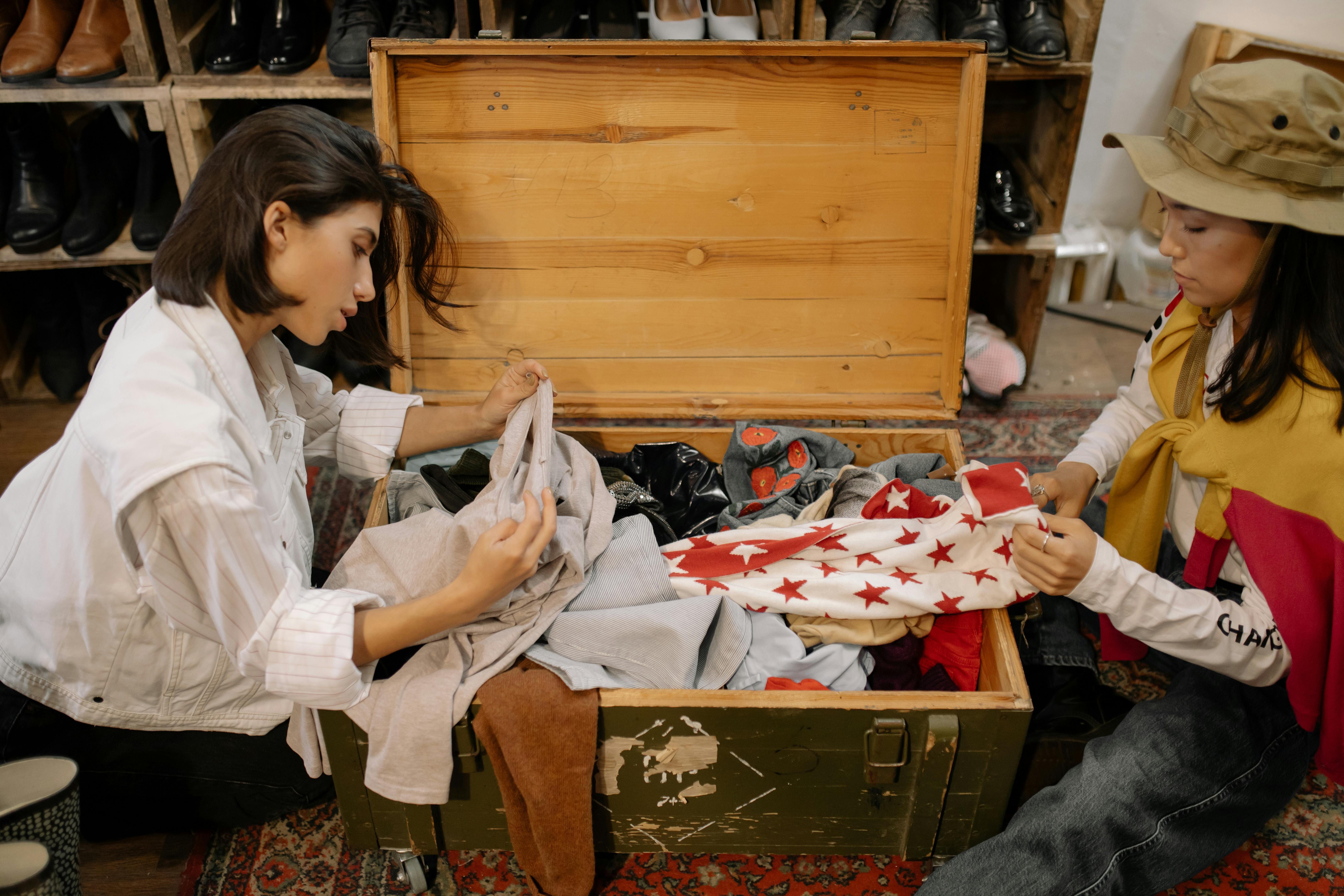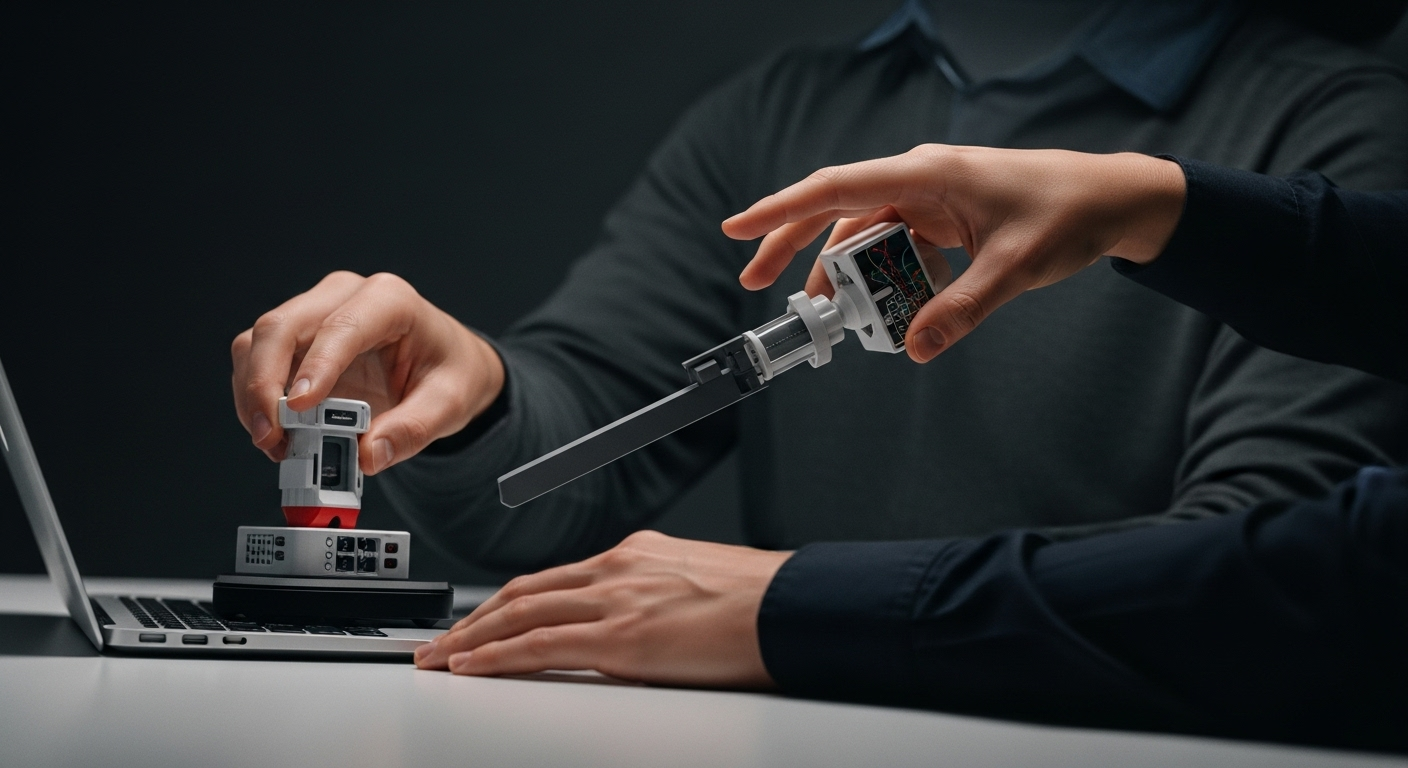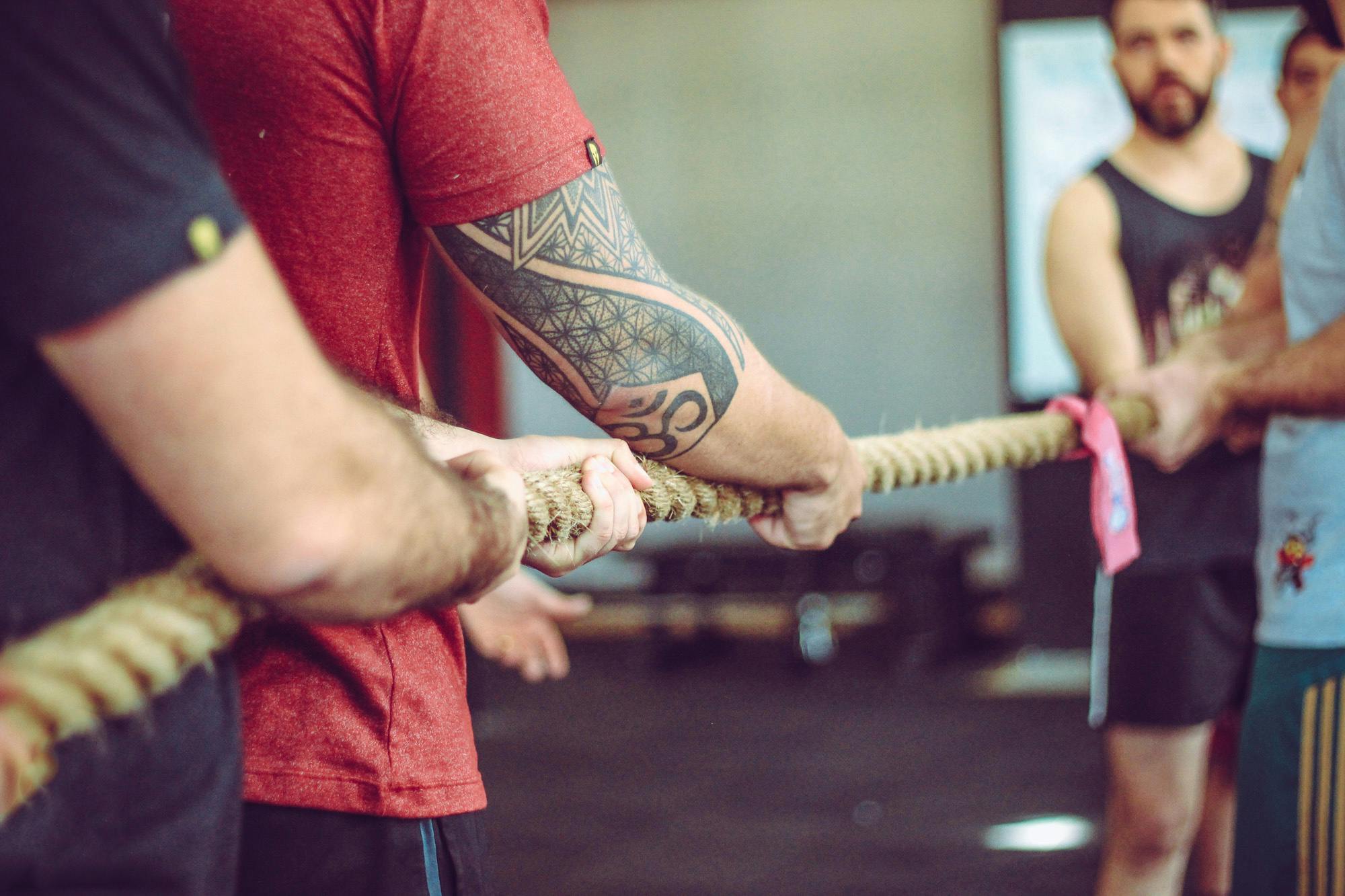Micro-Trends: The New Wave of Fashion Influence
The ever-evolving world of fashion has entered a new era, one where micro-trends are reshaping the landscape of style and consumer behavior. These fleeting, niche trends are gaining momentum, captivating fashion enthusiasts, and challenging the traditional cycle of seasonal collections. As we delve into the phenomenon of micro-trends, we'll explore their impact on the industry, consumer preferences, and the future of fashion.

Historically, fashion trends were dictated by high-end designers and trickled down to the masses over time. However, the democratization of fashion through social media has disrupted this traditional model. Now, trends can originate from various sources, including influencers, street style, and even niche subcultures, allowing for a more diverse and rapid evolution of style.
The Psychology Behind Micro-Trends
The appeal of micro-trends lies in their ability to offer instant gratification and a sense of uniqueness. In an age where personal branding is paramount, consumers are drawn to these fleeting trends as a means of expressing individuality and staying ahead of the curve. The short lifespan of micro-trends also aligns with the modern consumer’s desire for constant novelty and the fear of missing out (FOMO).
Research suggests that the human brain is wired to seek out new and exciting experiences, which explains the addictive nature of micro-trends. The dopamine rush associated with discovering and adopting a new trend can create a cycle of constant consumption, driving the fashion industry’s rapid turnover of styles.
The Role of Social Media in Propagating Micro-Trends
Social media platforms have become the primary breeding ground for micro-trends. TikTok, in particular, has emerged as a powerhouse in trend creation and dissemination. The app’s algorithm, which favors content with high engagement, can propel a niche style or item to viral status overnight.
Instagram’s visual-centric platform also plays a crucial role in the micro-trend ecosystem. Features like Instagram Stories and Reels allow for quick, easily digestible content that can showcase new styles and inspire immediate adoption. The platform’s shopping features further streamline the process from discovery to purchase, fueling the rapid cycle of micro-trends.
The Impact on the Fashion Industry
The rise of micro-trends has forced the fashion industry to adapt its production and marketing strategies. Fast fashion retailers have been particularly responsive, leveraging their agile supply chains to capitalize on emerging trends quickly. However, this has raised concerns about sustainability and ethical production practices.
Luxury brands, traditionally bound by seasonal collections, are also finding ways to engage with micro-trends. Many are launching capsule collections or limited-edition pieces to stay relevant in the fast-paced market. Some brands are even collaborating with influencers to create buzz around specific styles or items.
Navigating Micro-Trends as a Consumer
For fashion-conscious consumers, navigating the world of micro-trends can be both exciting and overwhelming. While it’s tempting to jump on every new trend, it’s essential to approach micro-trends with a discerning eye and a focus on personal style.
Savvy Shopping in the Age of Micro-Trends
-
Identify your core style and use micro-trends as accents rather than overhauling your entire wardrobe
-
Invest in versatile, high-quality basics that can be paired with trendy pieces
-
Follow a diverse range of fashion influencers to spot emerging trends early
-
Consider renting or borrowing trendy items to experiment without commitment
-
Shop secondhand or vintage for unique pieces that align with current micro-trends
-
Set a budget for trend-driven purchases to avoid overspending on short-lived styles
-
Pay attention to the quality and durability of trend pieces, even if they’re intended for short-term wear
-
Look for ways to repurpose or upcycle items from past micro-trends
The Future of Fashion: Micro-Trends and Beyond
As we look to the future, it’s clear that micro-trends will continue to play a significant role in shaping the fashion landscape. However, the industry is also witnessing a growing countermovement focused on slow fashion and sustainability. The challenge for brands and consumers alike will be finding a balance between the excitement of micro-trends and the need for more sustainable consumption habits.
Ultimately, the key to navigating the world of micro-trends lies in cultivating a strong sense of personal style while remaining open to inspiration from the ever-changing fashion landscape. By approaching trends with mindfulness and creativity, fashion enthusiasts can enjoy the thrill of the new without sacrificing individuality or sustainability.





